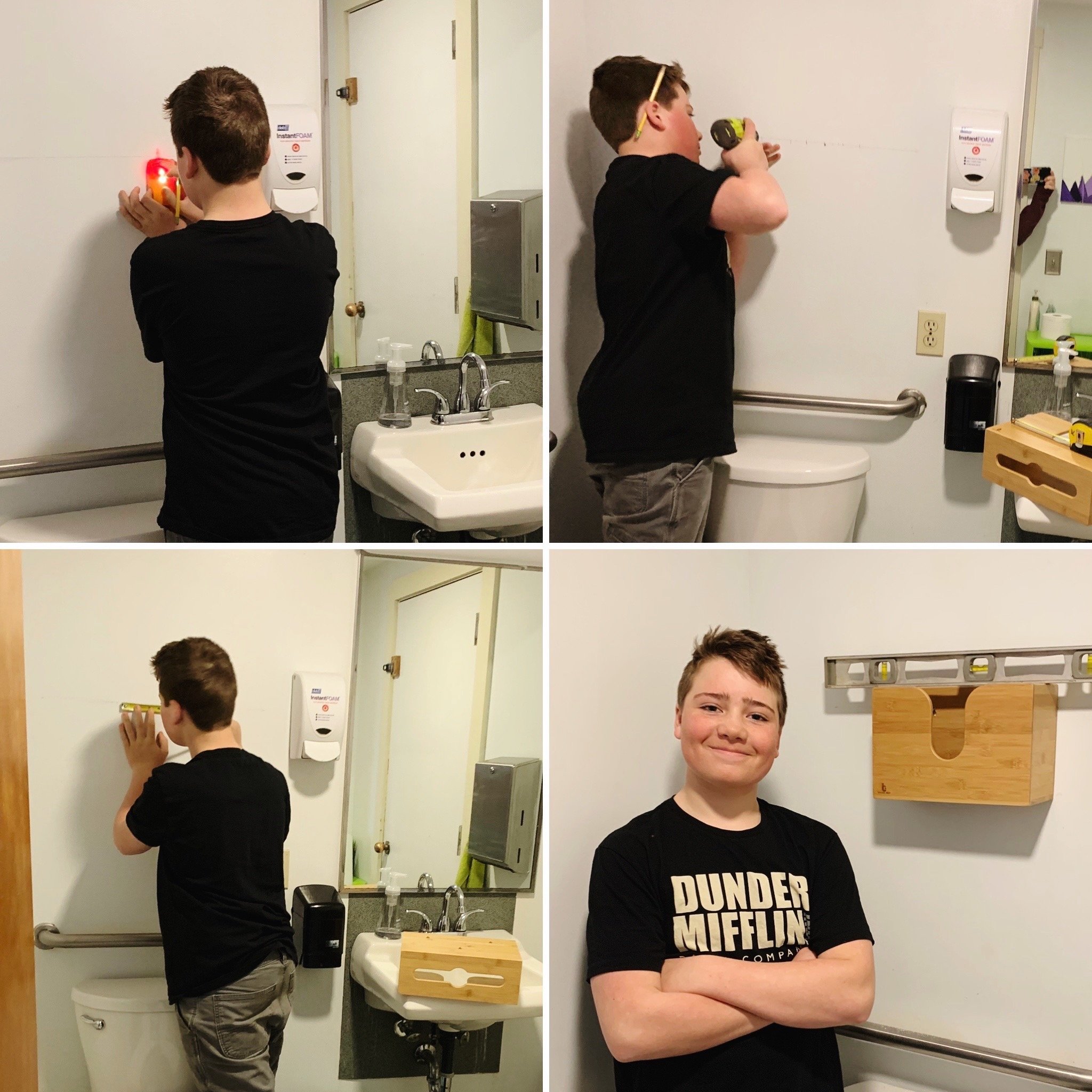Goal Setting for Homeschoolers: Fostering Growth Through Student-Led Goals
*Free Goal Setting Sheet download at bottom of post*
As the New Year approaches, many families are reflecting on their homeschooling journey and thinking about how to set meaningful goals. Goal setting is a powerful tool for fostering growth, curiosity, and a sense of achievement—but it doesn’t have to be rigid or intimidating. Goal setting can be a flexible, student-led process that nurtures intrinsic motivation and celebrates individuality.
Here are some approaches to goal setting that work for different ages and learning styles, from young learners exploring the world to teens planning their futures.
Why Goal Setting Matters
Goals give children a sense of direction and purpose. They help learners focus their energy, build self-confidence, and reflect on their progress. Depending on your homeschooling approach, goals can be fluid and curiosity-driven, aligning with their interests and passions or goals can provide structure while still allowing for flexibility and personal growth.
The key to successful goal setting is to make it student-led and intrinsically rewarding. When kids feel ownership of their goals, they’re more likely to stay motivated and take pride in their accomplishments.
Goal Setting for Ages 5-8: Sparking Curiosity
Young children thrive on exploration and discovery. At this age, goals should be simple, concrete, and tied to their natural curiosity. Instead of external rewards, focus on the joy of achievement and celebrating their progress in ways that feel meaningful to them.
Examples of Goals:
Learn how to tie their shoes.
Practice writing all the letters of the alphabet neatly.
Find out why the moon looks different every night.
Invite a neighbor over to play.
How to Support Goal Setting:
Make it visual: Use charts, drawings, or stickers to track progress.
Celebrate together: Plan a family activity, like baking cookies or visiting a park, to mark their success.
Encourage self-chosen rewards: Ask, “What would make you feel really proud when you reach your goal?” For example, they might want to write and decorate a letter to a grandparent with their neat letters.
Goal Setting for Ages 9-12: Exploring Interests
Tweens are beginning to develop their independence and personal interests. Encourage them to set goals that align with their hobbies, strengths, and curiosities.
Examples of Goals:
Write a short story or create a comic book.
Learn how to bake a favorite recipe.
Research and present about a topic of interest, like a country they’d love to visit.
Practice yoga or stretching routines to improve flexibility.
How to Support Goal Setting:
Collaborate on a plan: Help them break larger goals into smaller, manageable steps.
Incorporate choice: Let them decide how to track their progress—journals, checklists, or even a simple app.
Reflect on the process: Encourage conversations about what they’re learning and how they feel about their progress.
Goal Setting for Ages 13-18: Building Independence
Teens are preparing for adulthood and benefit from setting goals that help them take ownership of their learning and future. At this stage, goal setting can include both academic and personal aspirations.
Examples of Goals:
Complete a self-directed project, like creating a YouTube channel or building a piece of furniture.
Master a challenging concept in math or science.
Volunteer with a local organization to develop skills and give back to the community.
Learn a new skill or craft, like playing a musical instrument, sewing, or coding, and create something to showcase their progress.
How to Support Goal Setting:
Encourage big-picture thinking: Help them identify long-term goals and connect them to daily actions.
Foster accountability: Support them in setting deadlines and finding ways to track their progress.
Promote reflection: Ask open-ended questions like, “What did you learn from this experience?” and “What would you do differently next time?”
Different Types of Goal Setting
Whether your family follows a traditional homeschool approach or embraces unschooling, there are many ways to set goals that feel natural and inspiring:
Curiosity-Driven Goals: These goals start with a question or interest. For example, “How do bees make honey?” might lead to goals around researching, drawing diagrams, or visiting a local beekeeper.
Skill-Based Goals: Focus on developing a specific skill, such as playing a musical instrument, coding, or gardening. These are great for kids who enjoy hands-on learning.
Project-Based Goals: Encourage kids to create something tangible, like a scrapbook, a short film, or a family recipe book. Projects can integrate multiple skills and subjects.
Habit Goals: Build routines that support learning and growth, such as reading for 20 minutes a day, journaling, or practicing mindfulness.
Tips for Encouraging Intrinsic Motivation
Let them lead: Ask open-ended questions to help kids identify their interests and aspirations.
Focus on the process: Celebrate effort and learning rather than just the end result.
Model goal setting: Share your own goals and how you’re working toward them.
Reflect together: Regularly discuss what they’ve achieved, what they’ve enjoyed, and what they’d like to try next.
Goal setting is a journey that evolves as children grow. By tailoring your approach to their age and interests—and prioritizing intrinsic motivation—you can help them develop a lifelong love of learning and a sense of purpose. Whether they’re pursuing a curiosity, mastering a skill, or completing a creative project, each goal is a stepping stone toward confidence and independence.
Looking for more tools to support goal setting with your child? Download my free Goal Setting Sheet and get started today! Also you can reach out for a free 30-minute introductory meeting with me to help support your homeschooling journey.

